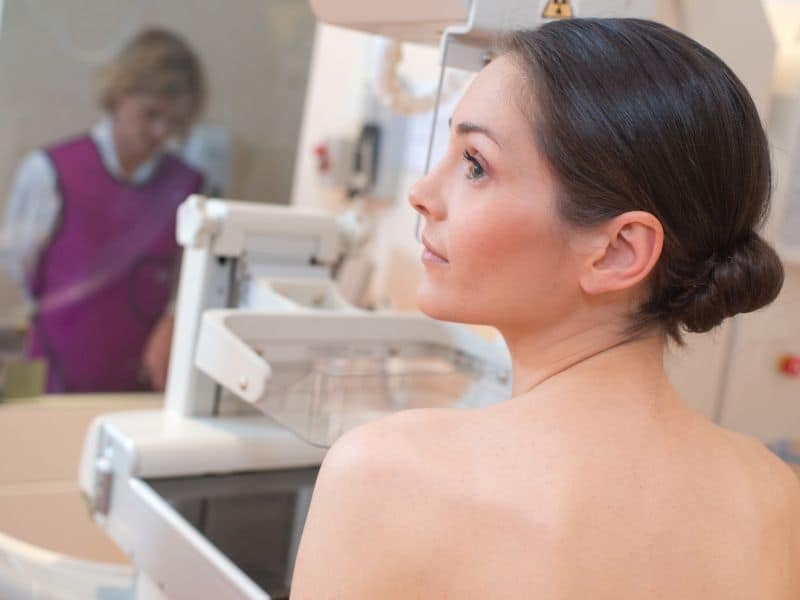TUESDAY, Jan. 26, 2021 (HealthDay News) — Women in notification states are more likely to receive breast density information, but there are sociodemographic differences in receipt of information, according to a study published online Dec. 24 in the Journal of the American College of Radiology.
In an effort to learn the impact of state breast density notifications, Nancy R. Kressin, Ph.D., from the Boston University School of Medicine, and colleagues conducted a cross-sectional observational population-based telephone survey involving women older than 40 years who underwent mammography within the previous two years and had no history of breast cancer.
Fifty-seven percent of the 2,306 women received personal breast density information. The researchers found that after adjustment for covariates, women in notification states were 1.5 times more likely to receive density information; however, the likelihood was lower for older Black and Asian women of lower income and lower health literacy. Only 39 percent of women discussed density with providers; this was 1.75 times more likely in notification states. The likelihood of having spoken to providers was lower for older and Asian women and higher for women with high literacy or prior biopsy. There was no correlation between state legislation status and differences in density knowledge.
“These findings suggest that ‘one size does not fit all’ when breast density information is conveyed and suggests that the message or the mode of dissemination may need to be tailored for different populations to achieve knowledge equity,” Kressin said in a statement.
One author disclosed financial ties to UpToDate.
Abstract/Full Text (subscription or payment may be required)
Copyright © 2020 HealthDay. All rights reserved.


